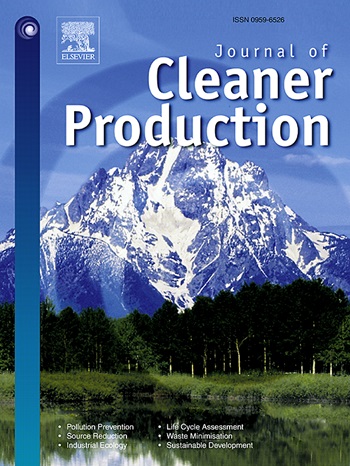Comparative analysis of generalized additive model and quantile regression model in assessing renewable energy's role in emissions mitigation in West Africa
IF 10
1区 环境科学与生态学
Q1 ENGINEERING, ENVIRONMENTAL
引用次数: 0
Abstract
West Africa experiences rising carbon emissions driven by rapid urbanization, population growth, and continued dependence on fossil fuels. Despite increasing interest in renewable energy, regional analyses often fail to capture the nonlinear and distributional effects of different energy sources on emissions. Addressing this gap, we investigates how six renewable energy sources influence emissions across varying pollution levels using long-term data (1990–2100) and advanced modeling techniques. Generalized Additive Models (GAM) and Quantile Regression (QR) were employed to assess both average and distribution-specific impacts. The GAM model demonstrated strong predictive performance (R2 = 0.996), with deviance explained and error metrics supporting its reliability, indicating that solar and wind energy reduces emissions significantly, particularly in high-pollution scenarios. QR findings showed biomass becomes more effective at higher emission quantiles, while hydropower and nuclear consistently reduce emissions across all quantiles. Additionally, evidence of GDP-emission decoupling at higher quantiles suggests that economic growth can align with emissions reductions. The findings reveal asymmetric impacts across the emissions spectrum, offering a theoretical extension to energy transition models through a dual heterogeneity framework. These insights highlight the importance of context-specific strategies like targeting wind and solar in high-emission areas, promoting biomass in rural zones, and expanding hydropower and nuclear where feasible, informing a more nuanced and effective decarbonization pathways in West Africa.
广义加性模型和分位数回归模型在评估西非可再生能源减排作用中的比较分析
由于快速城市化、人口增长和对化石燃料的持续依赖,西非的碳排放量正在上升。尽管人们对可再生能源的兴趣日益增加,但区域分析往往无法捕捉到不同能源对排放的非线性和分布效应。为了解决这一差距,我们使用长期数据(1990-2100)和先进的建模技术研究了六种可再生能源如何影响不同污染水平下的排放。采用广义加性模型(GAM)和分位数回归(QR)来评估平均和分布特异性影响。GAM模型显示出很强的预测性能(R2 = 0.996),偏差得到了解释,误差指标支持其可靠性,表明太阳能和风能显著减少了排放,特别是在高污染情景下。QR研究结果显示,生物质在更高的排放分位数上更有效,而水电和核能在所有分位数上都能持续减少排放。此外,高分位数的gdp与排放脱钩的证据表明,经济增长可以与减排保持一致。研究结果揭示了整个排放谱的不对称影响,通过双重异质性框架为能源转换模型提供了理论扩展。这些见解强调了因地制宜的战略的重要性,比如在高排放地区瞄准风能和太阳能,在农村地区推广生物质能,在可行的情况下扩大水电和核能,为西非提供更细致、更有效的脱碳途径。
本文章由计算机程序翻译,如有差异,请以英文原文为准。
求助全文
约1分钟内获得全文
求助全文
来源期刊

Journal of Cleaner Production
环境科学-工程:环境
CiteScore
20.40
自引率
9.00%
发文量
4720
审稿时长
111 days
期刊介绍:
The Journal of Cleaner Production is an international, transdisciplinary journal that addresses and discusses theoretical and practical Cleaner Production, Environmental, and Sustainability issues. It aims to help societies become more sustainable by focusing on the concept of 'Cleaner Production', which aims at preventing waste production and increasing efficiencies in energy, water, resources, and human capital use. The journal serves as a platform for corporations, governments, education institutions, regions, and societies to engage in discussions and research related to Cleaner Production, environmental, and sustainability practices.
 求助内容:
求助内容: 应助结果提醒方式:
应助结果提醒方式:


